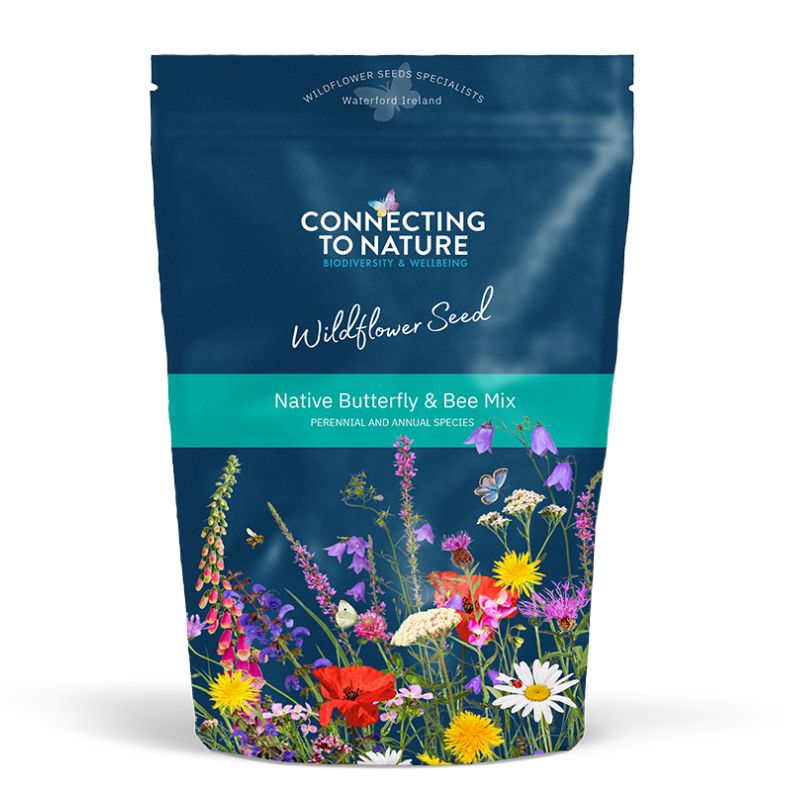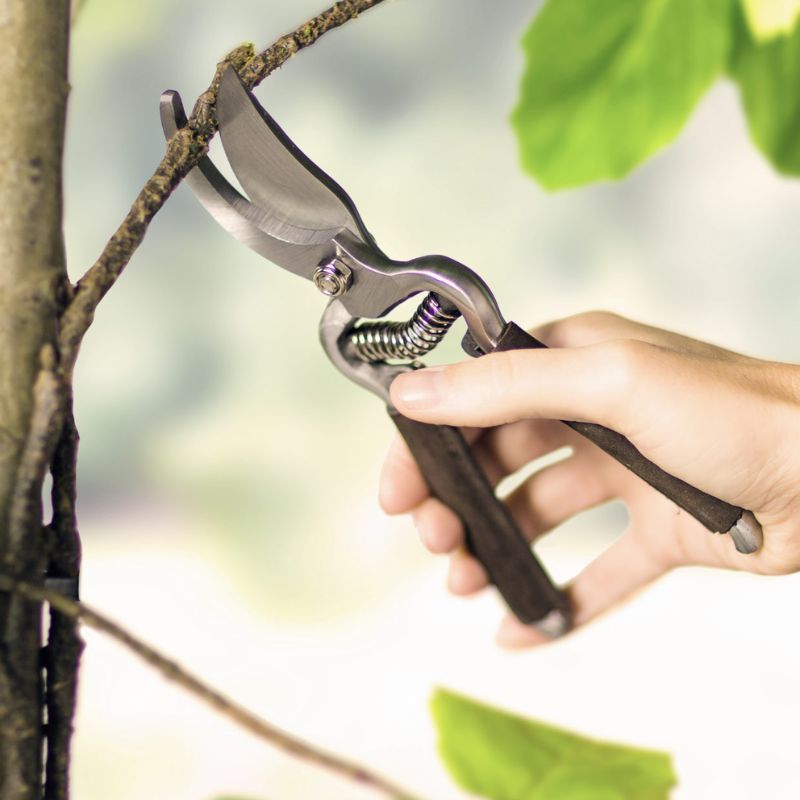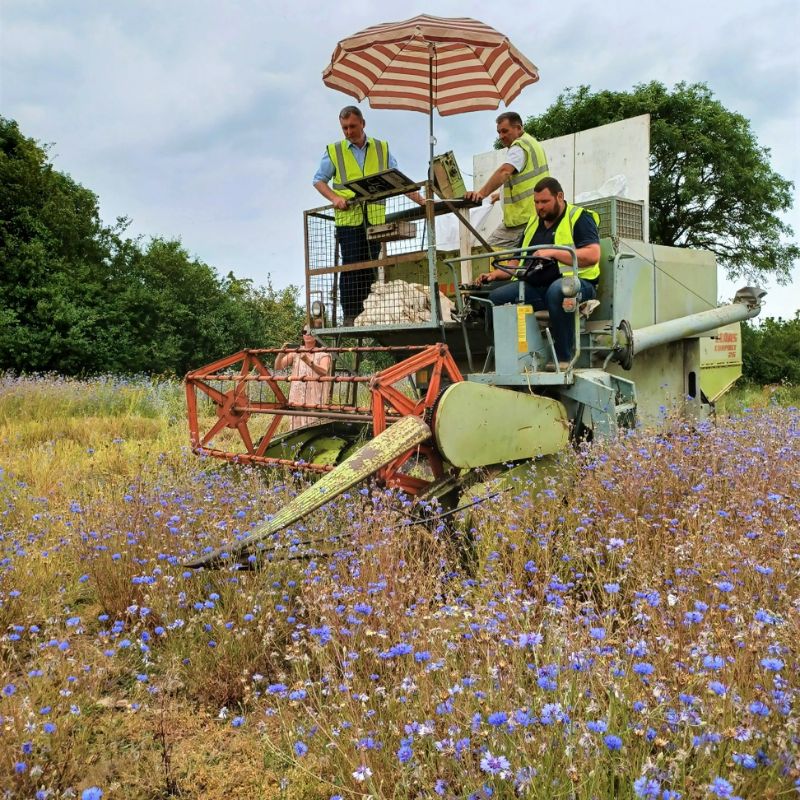How to Plant Bare-Root Hedging and Trees
Planting Irish native bare-root trees and hedging is one of the most effective ways to support biodiversity while bringing interest, colour, shelter and privacy to any garden space. The plants will provide an essential food source and habitat for many native wildlife species such as Irish wild birds, pollinators and other mammals, which will help with natural pest control.
When to plant
The best year for planting bare-root hedging and trees is between October and April, when the trees are dormant. Keep an eye on the weather and avoid planting when the soil is waterlogged or frozen.
When you receive your plants, ensure the roots of your trees have moisture. Drying out or overheating is fatal, even to dormant plants. We recommend planting within six days of receiving your trees.
*If you are not ready to plant within six days, heel them in; this means to cover the roots of the tree bundles with damp sand or soil to keep them cool, damp and in good health. Your plants can sit there until you are ready to plant before the end of March/ beginning of April.
Before sowing bare-root hedging or trees
Firstly, assess your site to ensure the soil is suitable for planting. If the ground is wet, you may need to add organic matter to raise aeration.
Soak the bare-root plants in a bucket of water for up to one hour before sowing. This will give the trees a boost of hydration and will aid establishment.
Preparing the ground for sowing a hedge
Mark out two lines 60cm apart along the planting site to ensure your hedge will be straight.
Dig over the ground, 30cm on either side of the hedge line, removing weeds and adding organic matter if required.
Dig a v-shaped trench as deep as the plant roots along the hedge line.
How to sow bare-root hedging
- Sow the bare-root plants 30-40cm apart so that the beginning of the root and end of the stem ('the collar, or 'root flare') is at soil level.
Stagger the plants along the two lines and plant the larger tree species sporadically along the hedge line so as not to overcrowd and clump large trees together.
- Backfill the trench with the surrounding soil to exactly colar level, i.e. base of the truck pressing the soil around and between the roots. The soil must be firm, but take care not to over-compact around the plant's small root system.
- Finally, water the plants generously the help remove underground air pockets and give the plants a much needed boost.
Notch Planting Bare-Root Trees
- Press a spade into the soil the dept of the
- Push the spade forward to make a slit.
- Keeping the spade in the ground and the slit open, place your tree inside to the dept of the collar and carefully remove the spade.
- Push the soil back around the tree and firm down with your foot.
- Finally, water the plants generously.
How to encourage a bareroot hedge or tree to grow in it's first year?
The first summer after planting is the most critical time for a newly planted bareroot hedge or tree.
Keep the area free of weeds, grass and other plants to reduce competition for moisture, nutrients and light.
Ensure the roots are kept moist for the first year. Give the plants a good watering, particularly during dry weather. We recommend drenching each plant twice a week in the evening so that the water gets down to the roots and doesn't evaporate away; 5-10 liters of water per meter is recommended to help your hedge through the dry weather.













